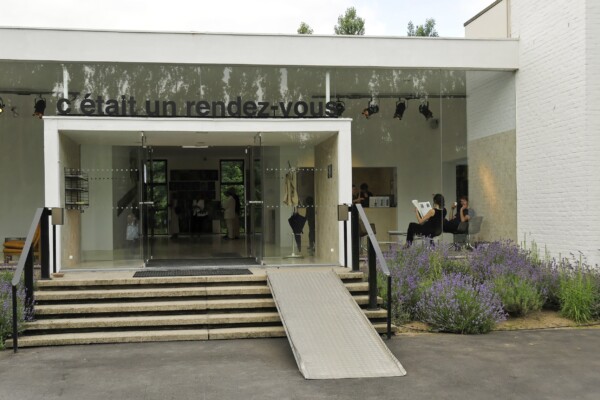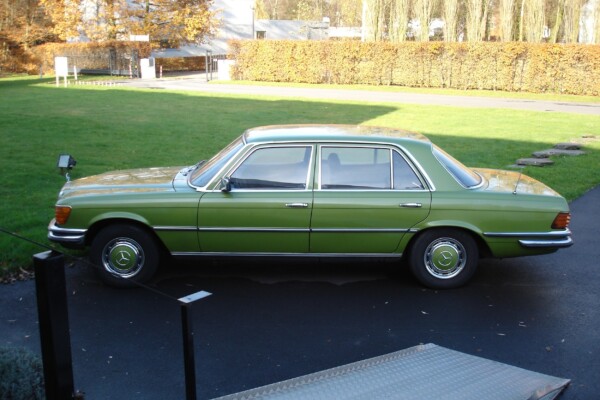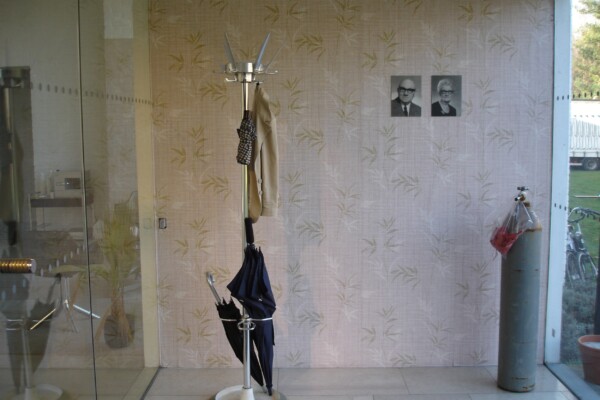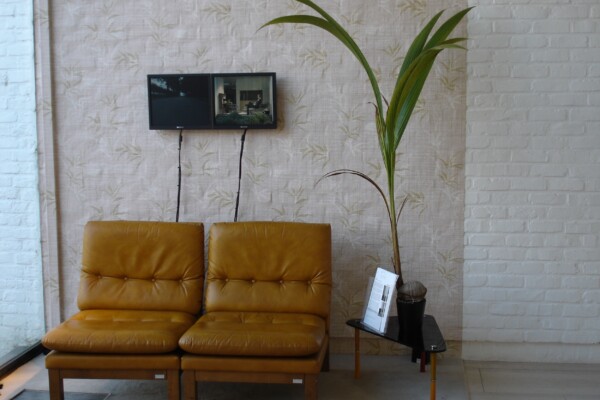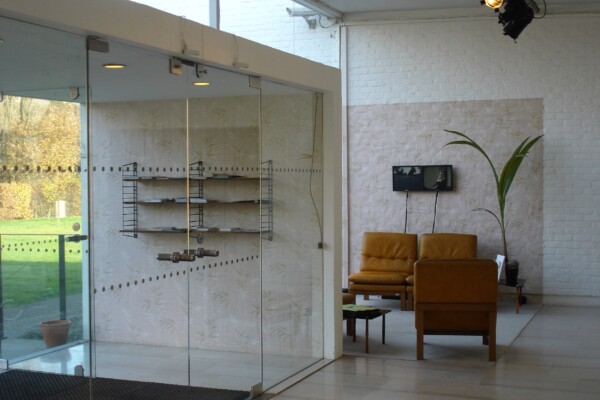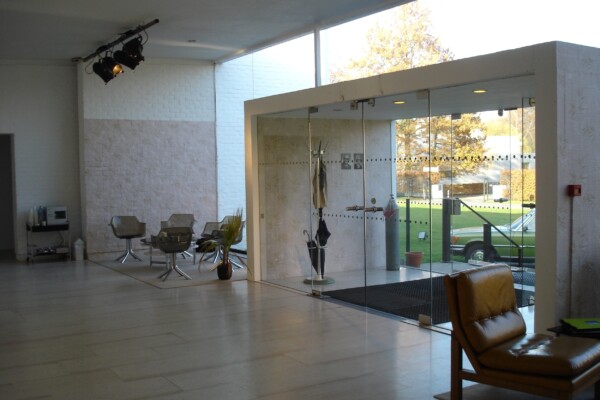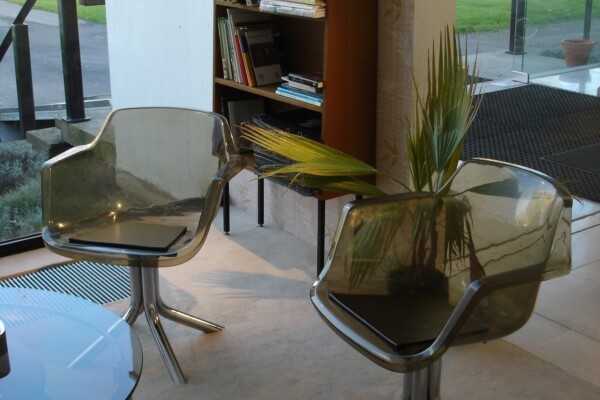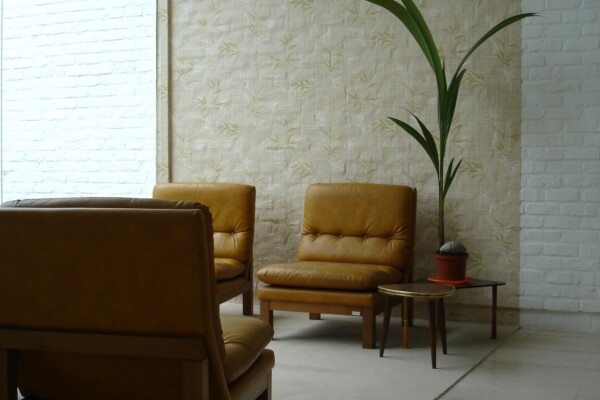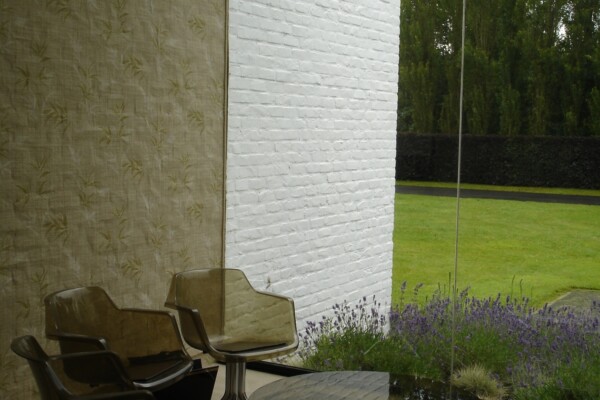Kelly Schacht
• RE: thinking the story – c’était un rendez-vous
c’était un rendez-vous: a wild car ride that romantically concludes in the arms of the chauffeur’s beloved. It’s a short film by film director Claude Lelouch from 1976, attaining almost mythical proportions in France. It is also the title of a project by Kelly Schacht, realized in 2008. However, Kelly Schacht’s playing field was no longer the heart of Paris but the rural Sint-Martens-Latem and the race’s endpoint wasn’t the Sacré-Coeur atop Montmartre but the Museum Dhondt-Dhaenens in Deurle.
In early 2008, MDD invited young Belgian artist Kelly Schacht to contemplate on facilities for visitors like a cafeteria/seating area/bookshop/cloakroom/etc., which could function within the museum for an extended period. Her response to the invitation became a comprehensive project where the museum’s modernist architecture and the film c’était un rendez-vous served as sources of inspiration.
For Kelly Schacht, the short film was more of a starting point to rethink the original storyboard. It began with the discovery of c’était un rendez-vous on YouTube, followed by an installation in the museum/villa building’s entrance hall, a casting call, the purchase of a Mercedes SEL 450 (the same model as in the original film), casting, shooting, editing, layout, reactions, the exhibition project at Gallery Hoet-Bekaert, ... All steps are integral parts of the overall project. Schacht likes to use media that offer the best visual solution at a particular moment and within the given context.
c’était un rendez-vous developed in phases and somewhat unpredictably. Each phase generated inspiration for the next. In a time when ‘the new’ and ‘the unique’ are relative concepts, Kelly Schacht gives a particular interpretation of authorship in this way.
For her, the object-oriented nature of the work holds no value, but the aesthetic experience arises from charging a given space with new meanings and by the sublimation of an action, an experience, or a memory. For her projects under the heading • RE: thinking the story, she searches for those originals that sometimes have a mysterious or mythical value, questioning the notion of authorship, originality, and uniqueness.
Kelly Schacht unravels, questions, reinterprets, and reinforces the myth of the original. At the same time, she creates freedom in her work through the interaction of musicians, actors, the designer, ... and the participatory role she assigns to the spectator. The artist herself becomes the catalyst for many interpretations and personal experiences, without wanting to pretentiously control them. The result can be very ‘dry,’ but it can also acquire a romantic or poetic charge.
